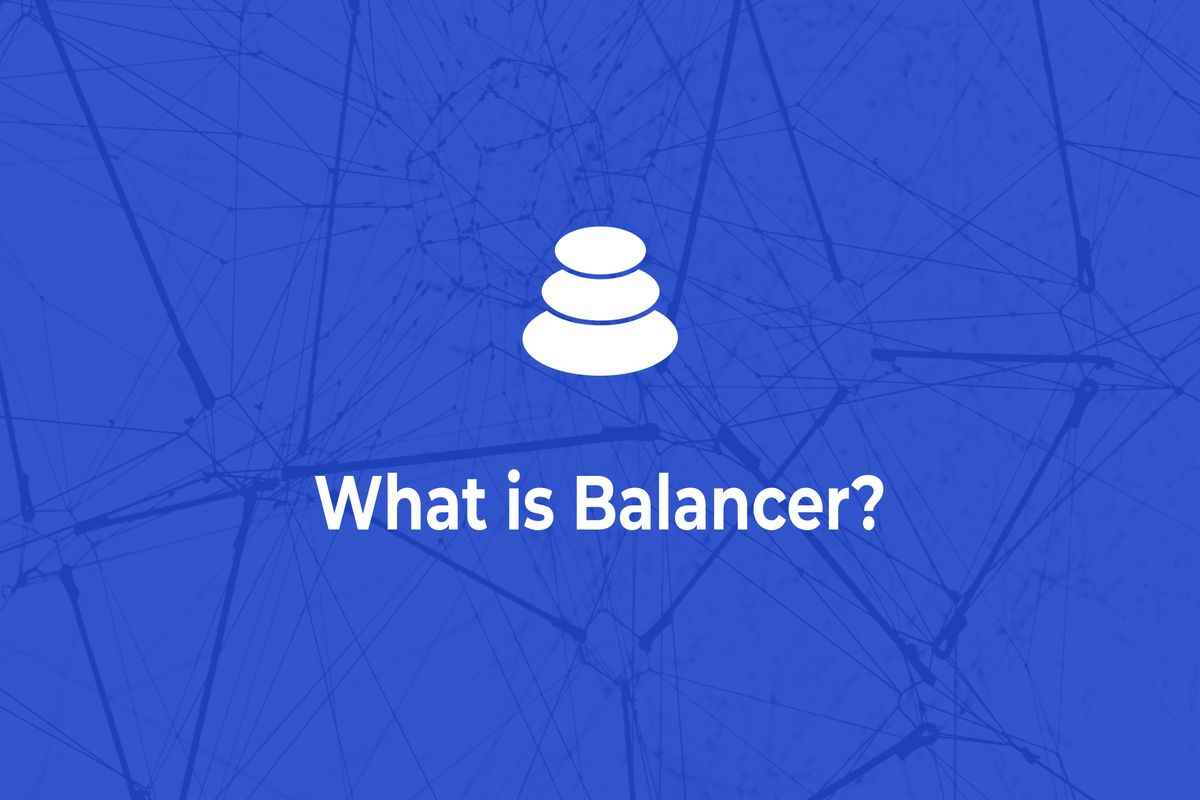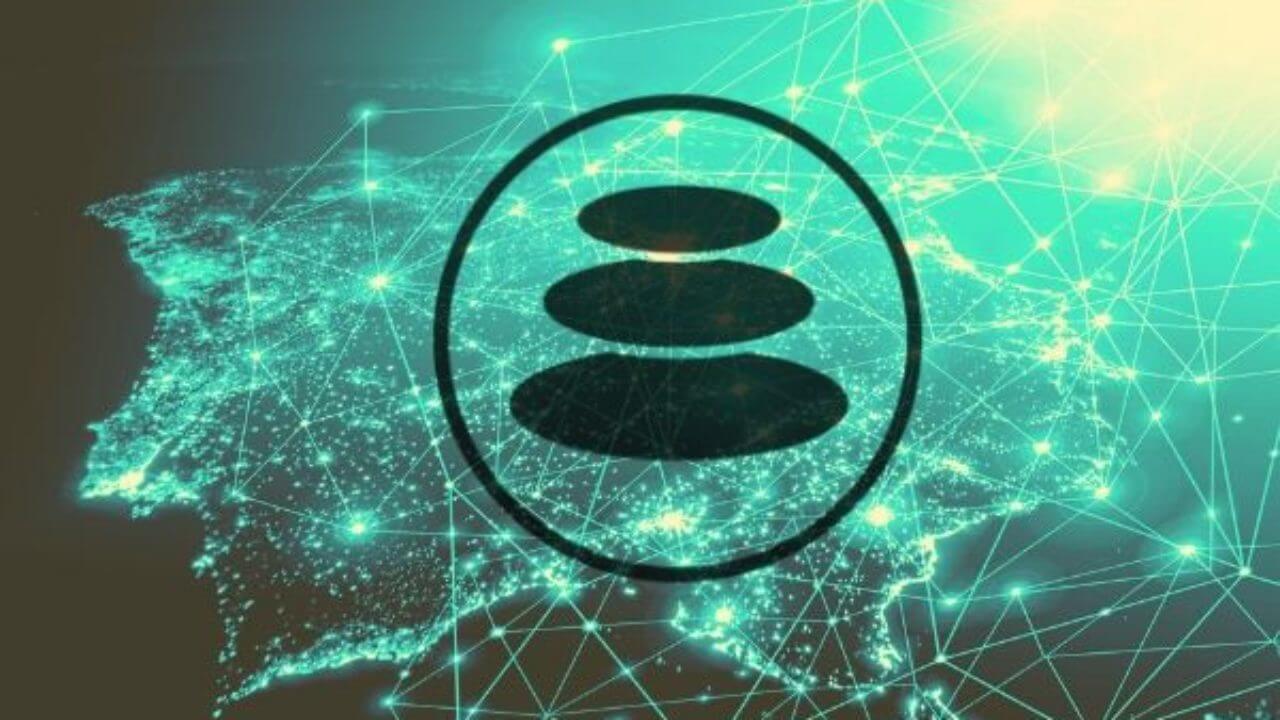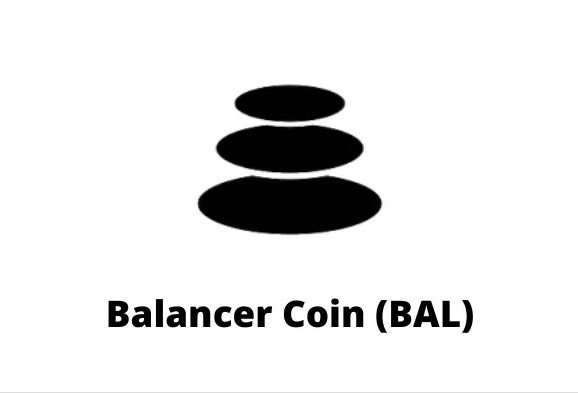In case you are yet to know about the popular Automated Market Makers (AMMs) and decentralized exchange powered by the Ethereum network, here is what you need to know about Balancer AMM and how it operates.
While reviewing the latest trends in the crypto space, you can see that the decentralized finance (DeFi) industry is gaining popularity which is helping it approach mainstream adoption. Institutions and traditional finances are starting to invest in the DeFi industry.
In that context, decentralized exchanges continue to see some growth in volume and funds. Multiple automated market makers (AMMs) and decentralized exchanges are active in the crypto sector. The most recognized and popular among them is Balancer AMM.
A majority of the DEXs in the market utilize an AMM, with liquidity pools consisting of two tokens. Nevertheless, Balancer AMM seems to have proven its uniqueness in this aspect since the Balancer Protocol provides liquidity pools with almost eight tokens.
The protocol comprises a mechanism that enables users to quickly swap their tokens and earn fees when they offer liquidity to various pools. Hence, they attract the interest of users with their incredible features.
Balancer: The Automated Portfolio Manager
Balancer AMM protocol is described as an open-source protocol, automated portfolio manager, and liquidity provider. Powered by the Ethereum blockchain, Balancer provides new solutions to the issues affecting the traditional and centralized exchanges. Perfectly designed and developed for user accessibility, the Balancer protocol supports trustless and permissionless trading of all ERC-20 tokens.
Related: Is Aave Destined to Stay as the Top DeFi Lending Platform?
Balancer protocol enables users to trade tokens, set up liquidity pools, and invest in existing pools while earning yields from trades. The eventual goal is to become the leading platform for enough programmable liquidity.
With nearly 25,000 liquidity providers available, more than three billion dollars locked in liquidity, and thousands earned in trading fees daily, the Balancer protocol provides users with multiple ways to optimize their crypto experience.
How Does Balancer Work?
Just like an index fund can be composed of various stocks, Balancer pools are made up of almost eight different cryptos.
A Balancer pool’s value is determined by the percentages of every token within it, a weight is selected during the pool’s creation. Balancer utilizes custom programs known as smart contracts to guarantee every pool retains the ideal proportion of assets even as the prices of individual coins in the pools may vary.
For instance, a Balancer pool may start with 25% ETH, 25% DAI, and 50% LEND. If at some point the price of LEND doubles, the pool automatically reduces the amount of LEND it holds so that it can retain 50% of the pool’s value.
The question is, where does the LEND go? Balancer’s smart contracts make them readily available to traders seeking to acquire LEND as prices go up. Notably, liquidity providers still earn some fees while their index funds get rebalanced, compared to traditional index funds where the investors pay fees for the rebalancing services.
Balancer Products And Features
Balancer gives users many products and features, some of which include Balancer exchange, pools, and vaults.
Balancer Exchange
Balancer lets users trade at optimal prices. This protocol encourages efficient trading operations through pooling crowd-sourced liquidity from investor portfolios while simultaneously using its Smart Order Routing feature to get the best prices for traders. Users can easily exchange any combination of ERC-20 tokens on Balancer and get access to intelligent pricing, gas subsidies/optimizations, and MEV protection.
Balancer Pools
Balancer pools operate smart contracts and maintain value by having two or more ERC-20 tokens. Each token has its weight, and users can trade them with other tokens within that pool. The smart contracts readjust the pool to maintain a proportional and equal value of liquidity in it.
Doing that keeps the value of every token proportional to the value of liquidity in the whole pool. The pool owners get fees from the trades that occur within the pool. The protocol provides two major types of pools that include a public pool and a private pool.
Related: How Do Crypto Liquidity Pools Work?
Balancer Vault
The vault is Balancer’s central component. It is a smart contract that mainly controls and stores all the tokens in every Balancer pool. Apart from being an integral part of the ecosystem, the Vault serves as a gateway via which users conduct most operations including swaps, joins, and exits.
Token management and accounting are separated from the pool logic in the Vault. Balancer alleges Pool contracts become easier since they do not have to manage assets actively and just compute swaps, exits, and joins.
Smart Order Router (SOR)
Balancer’s Smart Order Router enables its traders to find the best pricing possible. It identifies the best trades for a particular set of input and output tokens in case they are a direct swap in one pool or a mixture of transactions across many pools.
In that context, the Smart Order Router grows with the expansion of the diversity of Balancer Pools, and it keeps growing as extra pool types with various math are introduced. It means that the Balancer ecosystem’s pools can all execute different trades.
Furthermore, by connecting and integrating with the Smart Order Router, any custom pool on Balancer can utilize Balancer’s liquidity features.
Balancer Gnosis Partnership (BGP)
The Balancer Gnosis Partnership is the default trading interface on the app.balancer.fi. It utilizes the Balancer Vault and Gnosis Solvers to conduct trades in batches. The traders can submit swaps using Gnosis Solvers by signing a message that mainly initiates a gasless transaction.
To ensure that the traders are safe for Miner Extractable Value (MEV), the Solvers match transactions utilizing on-chain liquidity, facilitating taking advantage of Coincidence of Wants. BGP utilizes multiple decentralized exchanges to make sure traders always enjoy the best prices.
BGP’s solid integration with Balancer’s Vault enables it to conduct sophisticated multi-hop deals with minimal token transfers while reducing transaction costs. It groups gasless transactions, guaranteeing that the unsuccessful traders do not result in a fee loss.
Fees And Commissions On Balancer
On Balancer, each pool charges a different fee. In addition, the number of fees that are charged might depend on the choice of a pool’s developer, and some of these fees can range from 0.0001% to 10%.
Balancer Exchange Trading Fees
Trading fees are a fraction of each transaction crypto traders pay to pool LPs and are established by pool developers. In the case of centralized exchanges, users get charged a takers fee from takers and a makers’ fee from makers.
Takers are users eliminating liquidity from the order book when they accept the orders that are already placed. Makers are the users who place the orders.
A substitute to charging separate takers and makers’ fees is charging the same flat fees to the taker and the maker. With decentralized exchanges like Balancer in the picture, no trading fees are available. Thus, in terms of trading fees, Balancer does not charge its users.
Network Fees
Network fees are paid to specific blockchain or cryptocurrency miners and are not fees paid to the Balancer exchange. The network fees are not fixed; they vary sometimes. Their figures depend on the pressure on the network at any time.
Balancer AMM Uses
The protocol comprises three main use cases. They include liquidity providers who can develop and contribute to existing pools, traders and arbitrageurs seeking liquidity sources, and developers developing on top of the protocol.
- Arbitrage opportunities – Balancer protocol offers users arbitrage opportunities in form of flash swaps and flash loans.
- Liquidity Providers – The protocol efficiently supports the provision of liquidity. Being a famous decentralized exchange, the Balancer protocol enables users to swap their assets or offer liquidity without the need to depend on centralized third parties.
- Building access – Developers can readily build their Balancer apps using its libraries
Pros And Cons Of Balancer AMM Protocol
The users of the Balancer AMM protocol are entitled to enjoy exclusive features of an entirely decentralized and permissionless exchange. Furthermore, the protocol does not place any limit on the use of its liquidity pools. The liquidity pools are open to all users of this platform. Users of the Balancer protocol are also offered customizable AMMs.
Related: Decred (DCR) Opens Permissionless Decentralized Exchange
Nevertheless, the protocol also has some shortcomings. First, it offers support just for ERC-20 tokens. Additionally, users are no longer allowed to use mobile applications. Being powered by the Ethereum network, Balancer charges the users with high gas fees. And eventually, the use of the protocol needs special skills and knowledge. Nonetheless, it is not beginner-friendly.
BAL Token
The BAL token is the native token of the protocol. Notably, users can earn the token by offering trading or liquidity on the Balancer AMM protocol. Furthermore, BAL tokens are claimable and used to participate in the Balancer governance protocols. In this case, the liquidity providers are assigned voting rights subject to the percentage of tokens they hold or stake in the pool.
The Takeaway
Balancer protocol has not just emerged as a popular AMM and decentralized exchange but also works as a convenient protocol for cryptocurrency investors who want to exchange digital assets at optimal prices or have idle portfolios they would want to leverage.
Private liquidity pools on this platform are standout features that portfolio managers together with huge investors may find useful. Multi-token pools provide access to a strong index of cryptos that can automatically rebalance.











